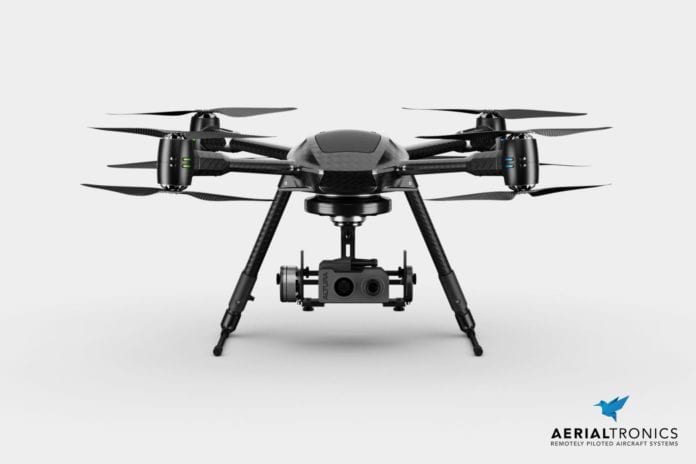Formula One fans spend hundreds of dollars to see fast cars and Verizon Wireless knows these mobile subscribers expect a fast network at the event. What isn’t fast is the process of testing a cellular network ahead of an event at a 5,000-acre venue. Circuit of the Americas in Austin, Texas, site of the only annual Formula One event in the U.S., includes 3.4 miles of track, a grandstand, bleachers, buildings and concert venues.
In the past, Verizon Wireless would have tested its network at COTA by walking the venue. In 2016, the area where fans would be watching Taylor Swift perform the night before the big race was off limits to unescorted guests. That meant a COTA employee would have to shadow a Verizon Wireless employee for an entire day of network testing in the concert area. Further complicating the network testing procedure was pre-event construction and new grass. Walking on the grass was prohibited and of course driving there was out of the question.
But not flying. Venue officials were happy to approve a low-flying drone to test the Verizon Wireless network. The Aerialtronics ATX8 was provided and flown by Measure, a startup founded to help enterprise customers outsource their drone services needs.
The Aerialtronics ATX8 is a four-arm drone with motors and propellers on the top and bottom of each arm. Measure also supplied a backup drone, as well as a shadow drone to video the operation.
A 2.4 GHz Wi-Fi connection linked the ATX8 to the ground-based pilot, who had the drone in his line of sight throughout the operation. The drone is GPS-enabled so its flight path can be preprogrammed, but in this case the pilot controlled the drone for the entire flight. The drone was not connected to the Verizon Wireless network, but used onboard sensors to collect network data the same way standard test equipment does. After the flight, the sensors were connected to computers to download the data about network performance.
Christopher Desmond, principal engineer at Verizon Wireless, said the systems performance team had no complaints about the drone’s data and will almost certainly use unmanned aerial vehicles in the future.
“Overall they were very pleased with the measurements they collected and they were very pleased with the speed and efficiency with which it could be collected and so the overall experience was very, very positive,” Desmond said.
Verizon said the drone-based network test took about half as long as the same test would have taken if performed by a human. The carrier expects even greater time savings from future drone-based network tests. Verizon recently purchased a company called a software firm called Skyward that helps companies managed unmanned aerial vehicle operations.
Image source: Aerialtronics
Follow me on Twitter.

